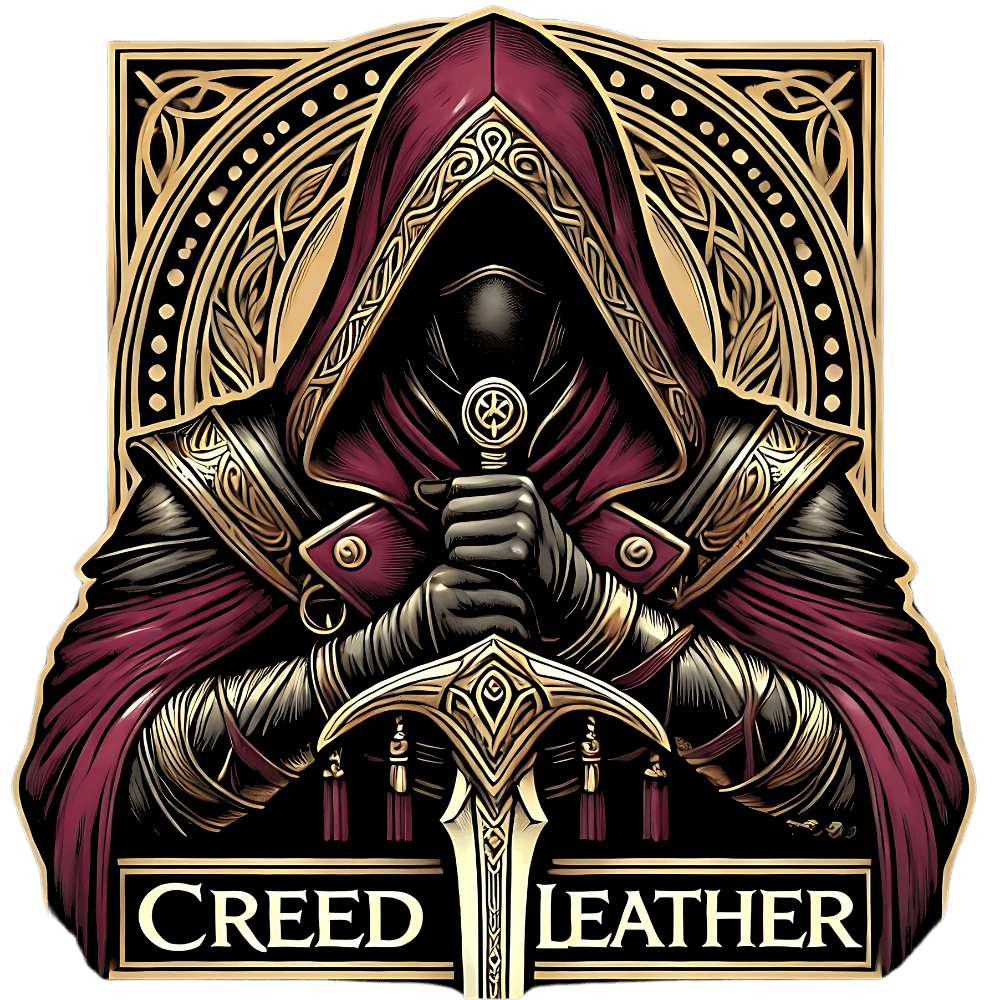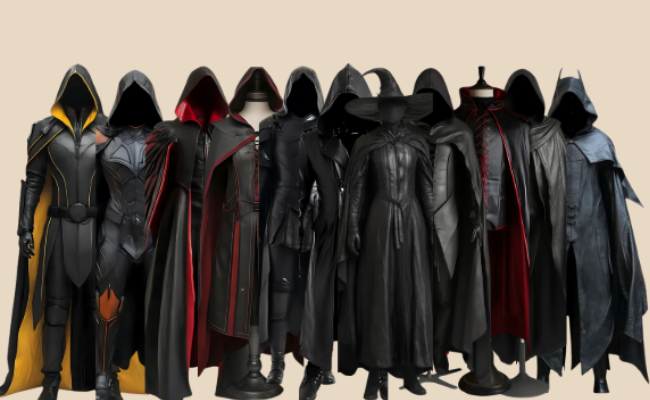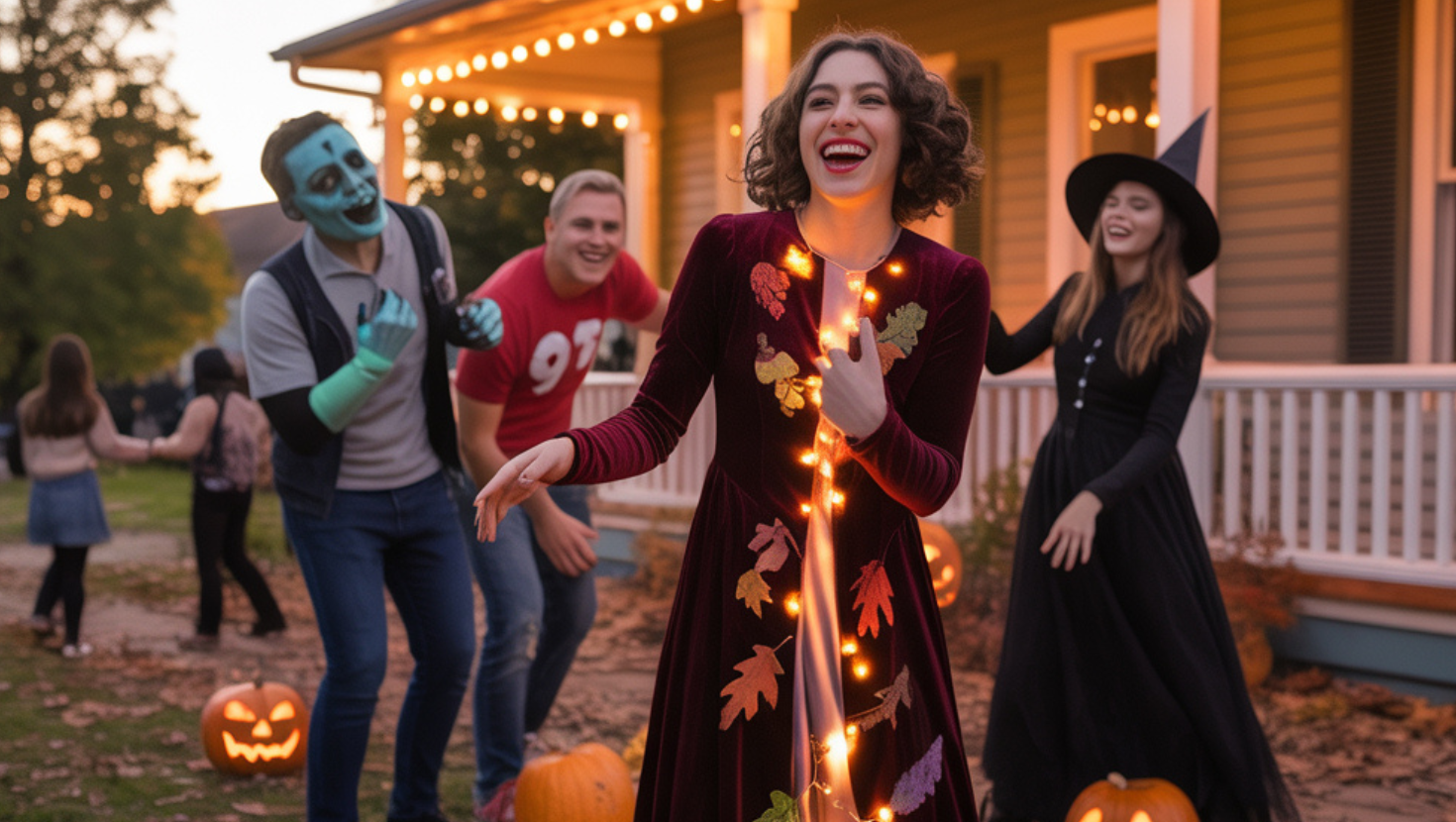The Evolution of Medieval Cloaks: History, Styles & Symbolism

Throughout history, clothing has served not only as a practical necessity but also as a powerful symbol of identity, rank, and culture. Among the most iconic garments of the medieval era, the medieval cloaks stands out as both a functional piece of outerwear and a statement of character, class, and craftsmanship. In this blog post, we explore the evolution of medieval cloaks, diving into their history, styles, and symbolic meaning across centuries of medieval fashion.
A Brief History of Medieval Cloaks
The origins of the medieval cloaks can be traced back to the early Middle Ages, when woolen garments were the mainstay of European medieval outerwear. As both an essential item for warmth and protection against the elements, cloaks were worn by people of all social standings—from peasants and monks to nobles and royalty.
Cloaks were particularly suited to the unpredictable climates of medieval Europe. Thick woolen cloaks provided insulation, while water-resistant treatments (such as lanolin in natural wool) helped repel rain. They were typically fastened with a brooch or tied at the shoulder or neck, and the medieval hooded cloak became a popular variant for added head protection.
Over time, the medieval cloak evolved, reflecting changes in medieval fashion history, social hierarchies, and cultural influences.
Medieval Cloak Styles Through the Ages
As society developed, so too did the styles of medieval cloaks. There were many types, each with unique features and purposes. Below are some of the most notable medieval cloak styles:
1. Mantle Cloak

The mantle cloaks was a common style worn by both men and women. It was a semi-circular or full-circle cloak draped over the shoulders and often clasped with a decorative pin. Aristocrats often decorated their mantles with embroidery, fur lining, or heraldic symbols to show rank or family allegiance.
2. Hooded Cloak

The medieval hooded cloak combined warmth with practicality. The attached hood (sometimes called a cowl) shielded the head and neck from wind and rain. Hooded cloaks were worn by all classes and were especially favored by medieval rangers, hunters, and travelers.
3. Black Medieval Cloak

The black medieval cloak carried various symbolic meanings. In religious contexts, black cloaks signified humility or mourning. Among knights and spies, they conveyed mystery and stealth. Today, this style is popular among fantasy and LARP enthusiasts for its bold and dramatic look.
4. Green Medieval Cloak

Often associated with foresters, hunters, and rangers, the green medieval cloak was both symbolic and functional. The color helped blend into woodland surroundings, making it ideal for tracking or traveling unnoticed. Today, it’s a staple for medieval ranger cloak costumes.
5. Female Medieval Cloaks

Ladies medieval cloaks often featured elegant drapery, fur-lined hoods, and ornate trims. For noblewomen, cloaks were both a fashion statement and a symbol of status. The female medieval cloak would often match the gown in color and embellishment, adding a majestic silhouette.
6. Men’s Medieval Cloak

A mens medieval cloak was typically more rugged, with heavier wool or leather elements for durability. Men wore them for hunting, battle, and travel, sometimes with attached hoods or built-in shoulder protection.
Symbolism Behind Medieval Cloaks
Beyond their utility, medieval cloaks conveyed deep symbolic meaning.
- Power & Prestige: Richly colored cloaks with embroidered crests signified nobility or royal status.
- Mystery & Secrecy: Darker cloaks like the black medieval cloak were associated with mystery, monks, or stealth missions.
- Spiritual Devotion: Cloaks worn by clergy were often long and modest, symbolizing purity and service.
- Rebellion & Individuality: Outlaws, rangers, and rebels often wore distinct cloak styles (like the green medieval cloak) to separate themselves from the mainstream.
In fantasy literature and modern storytelling, cloaks continue to symbolize roles—heroes wear noble mantles, villains don shadowy robes, and wanderers sport ragged hoods.
Functionality Meets Fashion: The Role of Medieval Cloaks
In an age when homes lacked central heating and roads were muddy and dangerous, the medieval cloak served as a portable shelter. Travelers could wrap themselves in their cloaks for warmth, use them as blankets at night, or even tie them into makeshift sacks for carrying supplies.
The medieval outerwear also evolved to suit different purposes:
- Travelers needed durable woolen cloaks.
- Soldiers required shorter cloaks for mobility.
- Nobles wore long, sweeping capes as a display of luxury.
Fabrics ranged from coarse wool for commoners to velvet and fur for the elite. Colors also had meaning: bright dyes were expensive, and thus signaled wealth, while subdued earth tones indicated humble origins.
Types of Medieval Cloaks
To summarize, here are the main types of medieval cloaks worn across different roles and regions:
| Cloak Type | Key Features | Common Wearers |
|---|---|---|
| Mantle | Full-circle shape, brooch fastening | Nobility, clergy |
| Hooded Cloak | Attached hood, waterproof wool | All classes, travelers |
| Ranger Cloak | Green or brown, camouflage design | Foresters, rebels, hunters |
| Black Cloak | Symbolic, mysterious, often plain | Monks, spies, fantasy characters |
| Ladies’ Cloak | Embellished, elegant draping | Noblewomen |
| Men’s Cloak | Durable, utilitarian design | Warriors, travelers, peasants |
Each cloak was more than just a garment—it was an expression of lifestyle, need, and narrative.
Medieval Cloaks in Modern Times
Today, medieval cloak styles live on through historical reenactments, Renaissance Fairs, LARP events, and fantasy cosplay. Enthusiasts seek authenticity in materials, cuts, and colors, while modern makers often blend medieval inspiration with contemporary craftsmanship.
At Creed Leather, we honor this legacy by offering handcrafted medieval cloaks in styles that blend tradition with uniqueness. Whether you’re recreating a knight, noble, ranger, or mystic, we provide both ready-made and custom medieval cloaks tailored to your vision.
Choose your character, and let us bring your medieval story to life—cloak and all.
If you’re inspired to complete your look with more than just a cloak, check out our step-by-step medieval costume tutorial to learn how to make medieval costumes from scratch. This guide walks you through fabrics, patterns, and techniques to help you craft an authentic outfit that complements your cloak.
The Cloaked Chronicle Ends, but the Story Lives On
The evolution of medieval cloaks is a tale woven through centuries of function, fashion, and symbolism. From the windswept highlands of Scotland to the royal courts of France, these garments have protected, distinguished, and inspired generations. Whether you're a history enthusiast or a fantasy fan, understanding the history, styles, and symbolism of medieval cloaks offers a window into the world of medieval clothing and identity.



